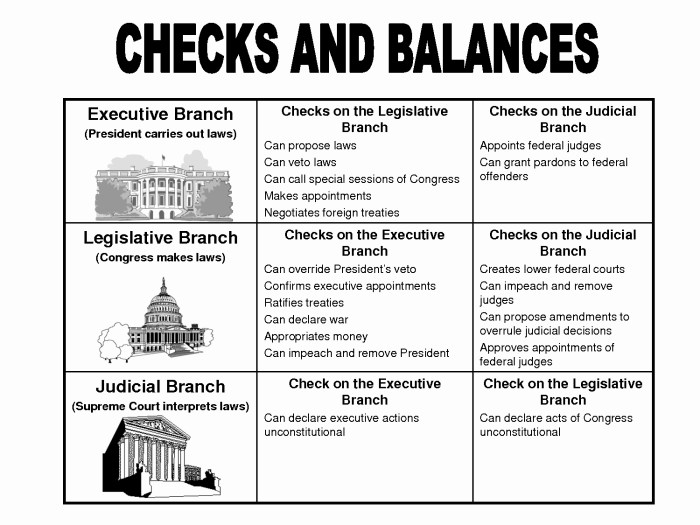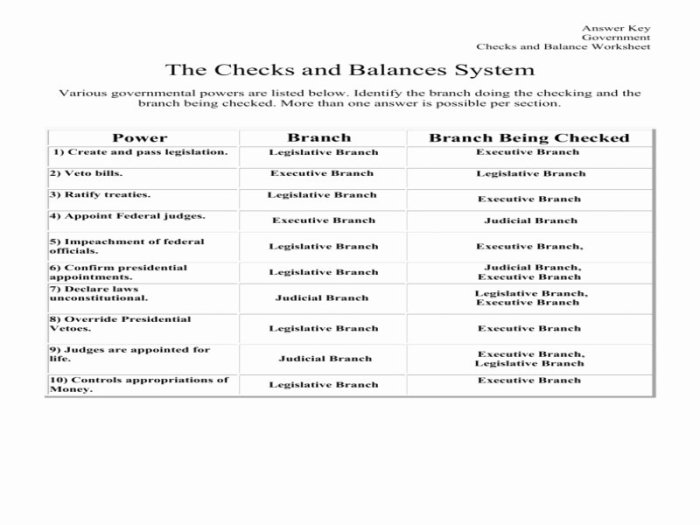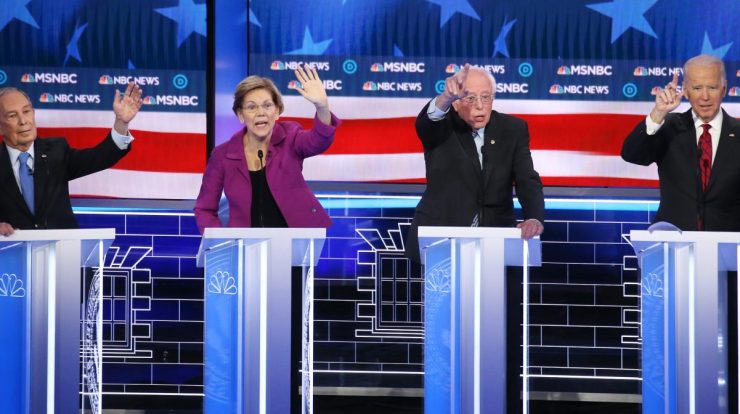Checks and balances worksheet answers reveal the intricate mechanisms that ensure equilibrium and prevent tyranny within governmental systems. This comprehensive guide delves into the fundamental principles, historical evolution, and practical applications of checks and balances, providing a thorough understanding of this cornerstone of democratic governance.
The three branches of government—legislative, executive, and judicial—are meticulously examined, highlighting their respective powers and the ingenious ways in which they can restrain each other’s authority. Real-world examples illustrate the effectiveness of checks and balances in maintaining stability and preventing the concentration of power in any single entity.
Checks and Balances Worksheet

A checks and balances worksheet is a tool used to analyze the distribution of power within a government. It helps to identify the different branches of government and the powers that each branch has. By completing a checks and balances worksheet, students can gain a better understanding of how the government works and how the different branches of government interact with each other.
Here is an example of a completed checks and balances worksheet:
- Branch of Government:Legislative
- Powers:Make laws, declare war, raise taxes, impeach the president
- Checks on Other Branches:Can override presidential vetoes, can impeach the president and other federal officials, can confirm or reject presidential appointments
- Balances on Other Branches:The president can veto laws passed by Congress, the Supreme Court can declare laws passed by Congress unconstitutional
- Branch of Government:Executive
- Powers:Enforce laws, veto laws passed by Congress, appoint federal officials, command the armed forces
- Checks on Other Branches:Can veto laws passed by Congress, can appoint federal officials, can command the armed forces
- Balances on Other Branches:Congress can override presidential vetoes, the Supreme Court can declare presidential actions unconstitutional
- Branch of Government:Judicial
- Powers:Interpret laws, declare laws passed by Congress unconstitutional, review presidential actions
- Checks on Other Branches:Can declare laws passed by Congress unconstitutional, can review presidential actions
- Balances on Other Branches:Congress can impeach federal judges, the president can appoint federal judges
Question Bank: Checks And Balances Worksheet Answers
What is the primary purpose of a checks and balances system?
To prevent any one branch of government from becoming too powerful and to ensure that power is distributed and exercised responsibly.
How does the legislative branch check the power of the executive branch?
Through the power to impeach and remove the president, to override presidential vetoes, and to confirm presidential appointments.
Can you provide an example of how checks and balances have been used in practice?
In 1974, the Supreme Court ruled that President Nixon’s order to tape conversations in the Oval Office was unconstitutional, demonstrating the judiciary’s ability to check the power of the executive branch.


